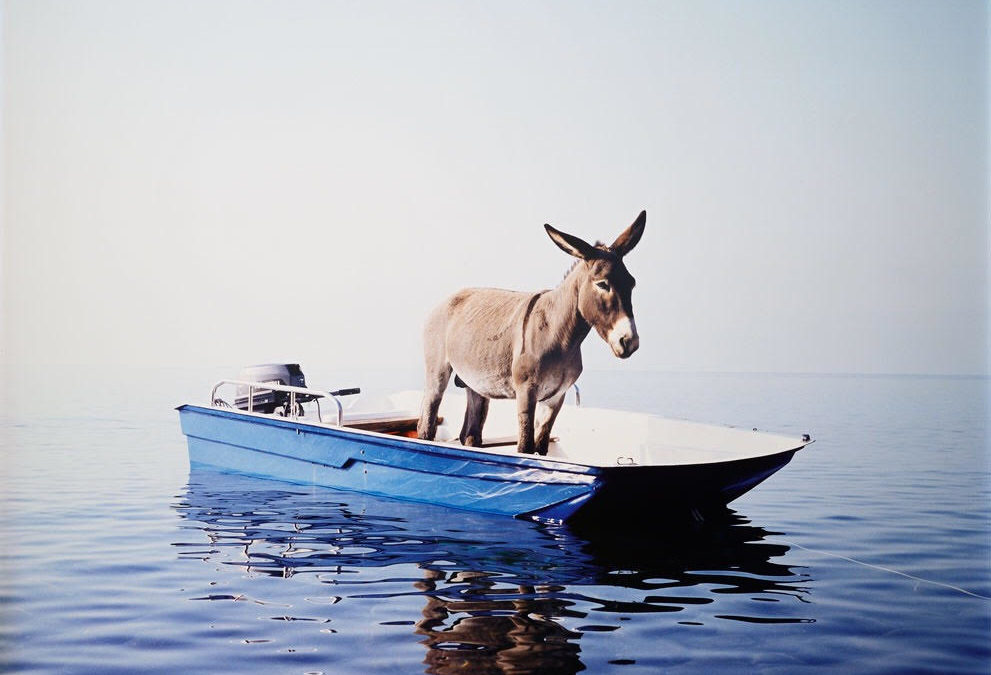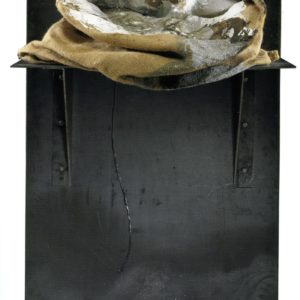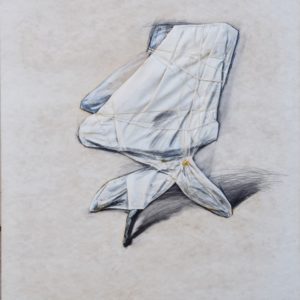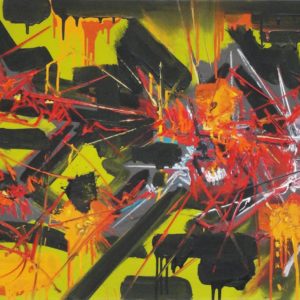You never grow tired of a great artist.
Interview with Giuseppe Iannaccone
By Santa Nastro
Lawyer, collector, 1930s Italian art scholar, Giuseppe Iannaccone tells us about his humanist collection between art and freedom. With a particular love for Milan.
How did your love for art come about?
It came about at the beginning of my career, when I had some really great responsibilities, but ones that were too much for my experience at the time. I was very young, I was feeling the stress and it was wearing me out a little. To the point that a friend noticed that, even at dinner, all I did was talk about work and said to me “look, you’re on a slippery slope and you need to do something for yourself!”. He encouraged me to take a half day off every fifteen days. I remember that, sure enough, on Thursday mornings I would dedicate myself to art, which was what I liked most. So I started going to museums, then to art galleries, mainly collecting books that talked about them. I bought lots of books during those years, also because I was a lawyer and I didn’t have the opportunity to collect yet. I am happy with what I did at that time because today I have a wonderful library which includes some historical books that I would no longer be able to find today. From books I found a passion for the things that I still collect today.
Your collection is known for bringing together two very different yet close worlds. That of the Scuola Romana, of which you have an almost all-encompassing collection, and contemporary art. What are the energies between these two respective passions?
In reality, it isn’t just a collection of the Scuola Romana, but of all expressionist artists in Italy from the inter-war years. I put works by those who were not well regarded by the official culture of the fascist regime alongside each other. They were the other face of twentieth century Italy, autonomous painting, autonomous art. For example, there is a notable group of prevalent artists…. All of these artists recounted humanity, placing man at the center of art. Contemporary art in my collection was nothing more than a normal evolution.
The 1930s collection came from the books that I mentioned earlier. These artists were rather underestimated in my opinion. For me they had an artistic sincerity, a transparency in content and forms, which fascinated me. But then I asked myself: how do you become a collector by searching only in the past? And so I sought that humanity, that freedom and authenticity, in contemporary artists. There are therefore only two strands, apparently.

What have your latest acquisitions been?
Temporally, I don’t remember what my last purchase was. My passion for the 1930s has never faded. I have more opportunities to buy contemporary art, of course, but when I manage to find a masterpiece from the 1930s, I show the same enthusiasm as always. So these two collections grow together.
During these days of forced self-isolation, does art help you? Is there a particularly special piece?
At home, I have many contemporary works of art. I am surrounded by pieces that I love very much, and I pause more and more to look at them. Precisely because I am stuck in the house, which is unusual for me, I frequent these works more these days: I don’t have a favorite, I love them all. Yesterday I was looking at my Dana Schultz and said to myself “This painting is really beautiful! The painting, the warmth of the colors” – there are extraordinary shades of brushstrokes – “wherever the eye lands, you fall in love again”. This is how you understand a great artist: you never grow tired of a great artist.

Over the past few years, you have exhibited your collection on occasion. What does planning the exhibition of a collection mean? How do you choose? What are your objectives?
I spent many years hoping that someone would notice my collection. It seemed to me that I had created something too beautiful for people not to notice it. But I had forced myself not to ask to show it, that there would be a spontaneous demand. In the end it was so, because I was offered the opportunity to do the exhibition at the Milan Triennale and there I fulfilled my lifelong dream.
Of course, because your dream was to hold your first exhibition in Milan…
I wouldn’t have accepted doing the first exhibition outside of Milan. It was a collection that I had dedicated to this city, something that I owed to her. Indeed, I would like Milan to hold on tight to it. Of course, someone had plenty of opportunity to think about it, because the success of the exhibition at the Triennale was incredible. I myself would not have expected it. There were 2000 people on the opening day… Then the collection went to Bergamo, and afterwards to London (to the Estorick Collection), and even there the response was overwhelming.
Inside, I said to myself “I knew it.”.




